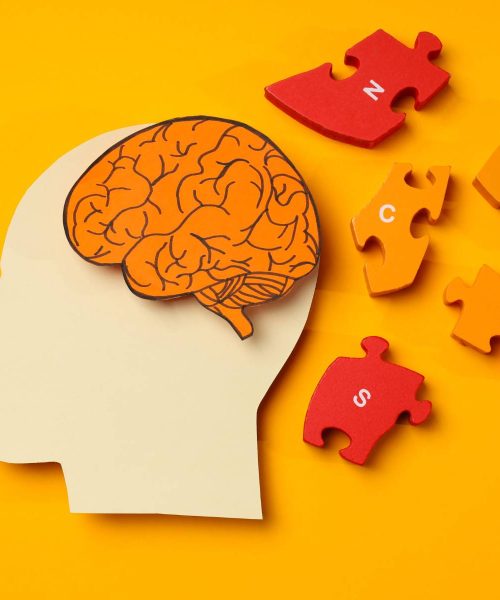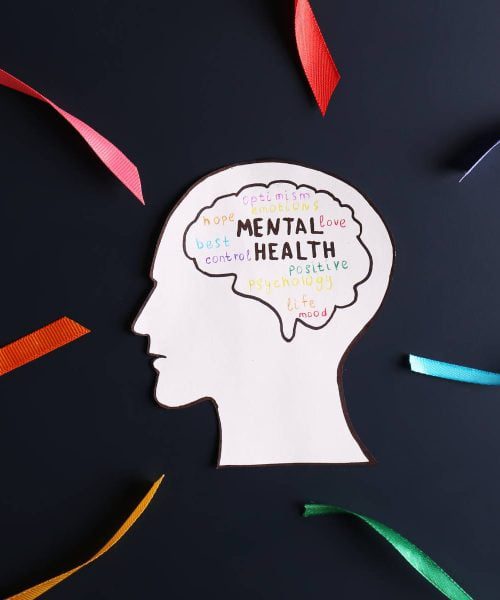Have you ever experienced a tightness in your chest, difficulty breathing, or clammy palms? These are common symptoms of acute anxiety attacks. In today’s fast-paced society, anxiety has become increasingly prevalent, fueled by the constant hustle and bustle that characterizes our lives. While everyone feels panic or worry at some point, it’s important to distinguish between normal anxiety and an anxiety disorder.
Unveiling Anxiety: The Most Common Mental Illness
Anxiety is a term known to everyone under the bright yellow sun. It’s a natural instinctive response to various situations that may evoke panic or worry. For instance, imagine your teacher surprising you with a pop quiz on a chapter you haven’t read, or the feeling of being unable to reach a family member who is on a long trip. Experiencing occasional anxiety doesn’t necessarily indicate a mental health disorder. However, according to the Anxiety and Depression Association of America, anxiety disorders are actually the most common mental illnesses in the United States.
Understanding Anxiety Disorders
Anxiety disorders encompass a range of conditions in which anxiety becomes the central component. While it’s important to consult a qualified healthcare professional for an accurate diagnosis, understanding the characteristics of common anxiety disorders can provide valuable insights into potential symptoms:
Obsessive-Compulsive Disorder (OCD)
OCD is characterized by repetitive rituals and routines. Individuals with OCD experience intrusive, obsessive thoughts related to specific fears. To alleviate these fears, they engage in repetitive behaviors or mental rituals. Failure to perform these rituals correctly or at all can trigger severe panic and hinder everyday tasks. For example, a young girl afraid of her mother dying may feel compelled to turn off every light switch and touch every doorway’s top right-hand corner. While seemingly unrelated, these rituals provide comfort and reassurance. Other common examples include excessive hand washing and compulsive reorganizing.
Social Anxiety Disorder
Living with social anxiety disorder can feel like being trapped in high school, constantly worrying about social judgments. Individuals with this disorder experience excessive fear of being judged, ridiculed, or rejected in social situations. They may spend prolonged periods preparing to leave the house or avoid social interactions altogether. Social anxiety often accompanies low self-esteem and an overwhelming need to please others.
Generalized Anxiety Disorder (GAD)
Unlike other anxiety disorders, GAD does not require a specific trigger. Individuals with GAD live with a persistent and unrealistic level of worry and tension, making even simple daily tasks feel overwhelming. Getting out of bed and carrying out regular activities can be challenging for those with GAD.
Embracing Support and Seeking Help
If you suspect that you or a loved one may be experiencing an anxiety disorder, remember that help is available. Over half of the population lives with some form of anxiety disorder, ranging from mild to severe. Reach out to your family physician, friends, or family members. Opening up about your experiences can reveal surprising connections and provide valuable support. You may discover that someone you know is going through a similar situation. Remember, the path to managing anxiety disorders is not an overnight process. Treatment requires patience and commitment, but the support and resources available can help individuals regain control and live fulfilling lives.







